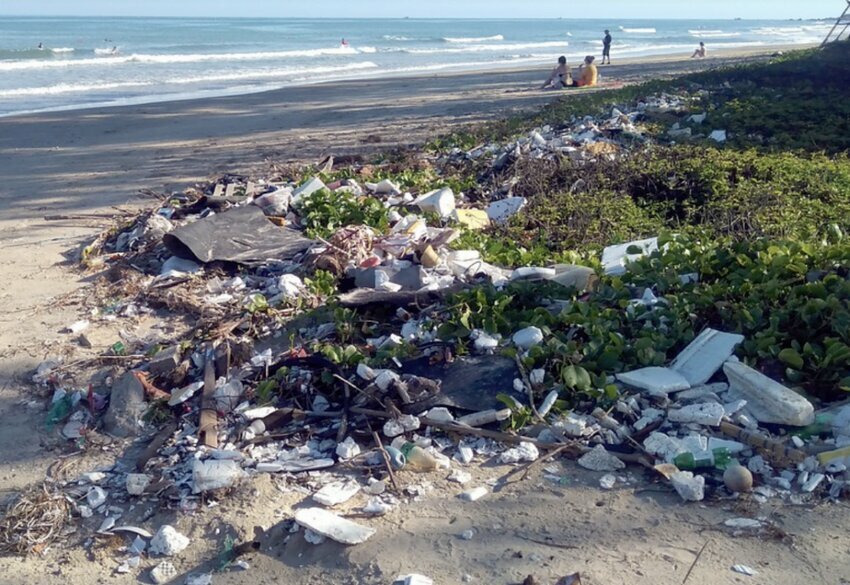 (Credit: Pixabay)
(Credit: Pixabay)Following through on the Biden-Harris Administration’s effort to tackle environmental injustice and improve public health, the US Environmental Protection Agency (EPA) is taking action under Administrator Regan’s PFAS Strategic Roadmap to protect people and communities from the health risks posed by certain PFAS, also known as “forever chemicals.” EPA is proposing to designate two of the most widely used per-and polyfluoroalkyl substances (PFAS) as hazardous substances under the Comprehensive Environmental Response, Compensation, and Liability Act (CERCLA), also known as “Superfund.” This rulemaking would increase transparency around releases of these harmful chemicals and help to “hold polluters accountable for cleaning up their contamination.”
The proposal applies to perfluorooctanoic acid (PFOA) and perfluorooctanesulfonic acid (PFOS), including their salts and structural isomers, and is based on significant evidence that PFOA and PFOS may present a substantial danger to human health or welfare or the environment. PFOA and PFOS can accumulate and persist in the human body for long periods of time, and evidence from laboratory animal and human epidemiology studies indicate that exposure to PFOA and/or PFOS may lead to cancer, reproductive, developmental, cardiovascular, liver, and immunological effects.
Many known and potential sources of PFAS contamination are near communities already overburdened with pollution, EPA says. If finalized, the rulemaking would trigger reporting of PFOA and PFOS releases, providing the agency with improved data and the option to require cleanups and recover cleanup costs to protect public health and encourage better waste management.
It would also improve EPA, state, Tribal nation, and local community understanding of the extent and locations of PFOA and PFOS contamination throughout the country and help all communities to avoid or reduce contact with these potentially dangerous chemicals.
If this designation is finalized, releases of PFOA and PFOS that meet or exceed the reportable quantity would have to be reported to the National Response Center, state or Tribal emergency response commissions, and the local or Tribal emergency planning committees. A release of these or any other hazardous substance will not always lead to the need to clean up or add a site to the National Priorities List (NPL), liability or an enforcement action. EPA anticipates that a final rule would encourage better waste management and treatment practices by facilities handling PFOA or PFOS. The reporting of a release could potentially accelerate privately financed cleanups and mitigate potential adverse impacts to human health and the environment.
Additionally, the proposed rule would, in certain circumstances, facilitate making the polluter pay by allowing EPA to seek to recover cleanup costs from a potentially responsible party or to require such a party to conduct the cleanup. In addition, federal entities that transfer or sell their property will be required to provide a notice about the storage, release, or disposal of PFOA or PFOS on the property, and a covenant (commitment in the deed) warranting that it has cleaned up any resulting contamination or will do so in the future, if necessary, as required under CERCLA 120(h).